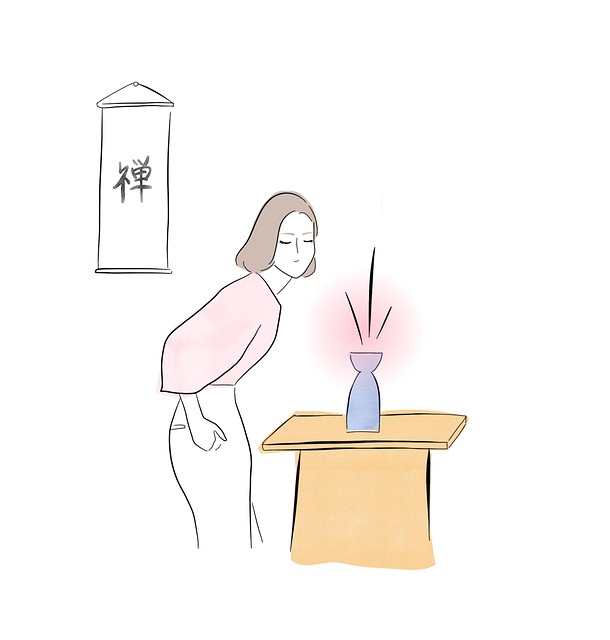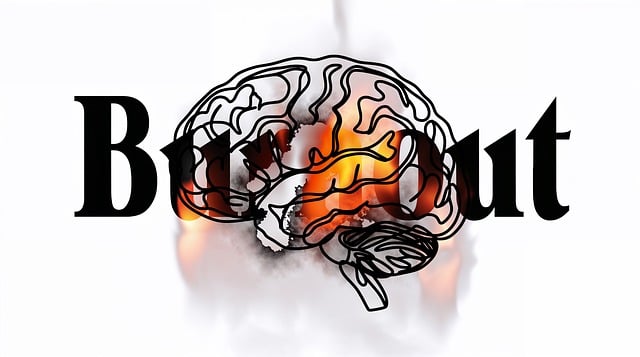Castle Rock Blended Families Therapy leverages public awareness campaigns and tailored messaging to transform societal perceptions, promote positive change, and support diverse family structures. Through creative strategies like media outreach, community events, and digital platforms, they educate individuals on health, safety, and social causes, fostering understanding for blended families' unique challenges. Personalized content addresses specific needs—from working parent burnout to child anxiety and step-parent communication—while highlighting accessible emotional well-being techniques without stigmatization. Effective content strategies, integrating blogs, webinars, and events, connect with target audiences, build community, and encourage therapy support. Campaign success is measured through a multifaceted approach, combining reach, engagement, and outcome metrics, including changes in attitudes, help-seeking behaviors, and mental health improvements.
Public awareness campaigns are powerful tools for promoting mental health initiatives, such as Castle Rock Blended Families Therapy. This article delves into the development and impact of these campaigns, exploring key strategies for success. We examine their role in educating communities, targeting specific audiences like blended families, and designing content that resonates. Additionally, we discuss evaluation metrics to measure campaign effectiveness, ensuring resources are allocated efficiently. By understanding these dynamics, initiatives like Castle Rock Blended Families Therapy can foster broader public awareness and access to essential services.
- Understanding Public Awareness Campaigns: Their Role and Impact
- Targeting Audiences: Crafting Personalized Messaging for Blended Families
- Designing Effective Content Strategies for Castle Rock Therapy Initiatives
- Measuring Success: Evaluation Metrics for Public Awareness Campaigns in Therapy
Understanding Public Awareness Campaigns: Their Role and Impact

Public awareness campaigns play a pivotal role in shaping societal attitudes and behaviors, acting as a powerful tool for positive change. At their core, these campaigns aim to educate, inform, and engage individuals on various issues, from health and safety to social causes. For instance, Castle Rock Blended Families Therapy leverages public awareness initiatives to highlight the unique challenges and strengths of blended families, fostering understanding and support within communities.
Through creative means such as media outreach, community events, and digital platforms, these campaigns can significantly impact individual and collective mental wellness. By promoting positive thinking and effective communication strategies, they empower people to navigate life’s complexities. Incorporating practices like Mental Wellness Journaling Exercises provides individuals with guidance to reflect on their emotional well-being and cultivate a deeper sense of self-awareness—a crucial step towards building resilience and nurturing personal growth, especially within diverse family structures.
Targeting Audiences: Crafting Personalized Messaging for Blended Families

In the context of Castle Rock blended families therapy, effectively targeting audiences requires personalized messaging that resonates with diverse experiences and needs. Blended families often navigate complex dynamics, including step-parents, half-siblings, and biological parents, each bringing their unique perspectives and challenges. Therapists should tailor their communication to acknowledge these complexities and offer solutions relevant to each family member’s emotional well-being promotion techniques. For instance, messaging could focus on burnout prevention for working parents juggling multiple roles, anxiety relief strategies for children adapting to new living arrangements, and fostering open communication channels to strengthen the bond among step-parents, kids, and their biological siblings.
By employing these personalized approaches, public awareness campaigns can better serve Castle Rock blended families. They should highlight practical emotional well-being promotion techniques accessible to all family types, addressing common struggles without stigmatization. This inclusive strategy ensures that every member of a blended family feels seen, heard, and supported in their unique journey towards stability and happiness, ultimately fostering healthier relationships within these diverse households.
Designing Effective Content Strategies for Castle Rock Therapy Initiatives

Developing engaging content strategies is essential for Castle Rock Blended Families Therapy initiatives to reach and support their target audience effectively. When crafting messages for therapy campaigns, it’s crucial to understand the unique needs and challenges faced by blended families. This may include issues related to step-parent dynamics, blending cultural backgrounds, or adjusting to new family structures post-divorce or remarriage. Tailoring content to address these specific concerns can foster a sense of belonging and encourage families to seek help.
Integrating various communication channels is a key aspect of successful content strategy. This could involve creating informative blogs and articles on topics like improving communication between steps-siblings, offering online webinars on stress management for blended family parents, or developing interactive social media campaigns that highlight the benefits of family therapy. Additionally, utilizing Trauma Support Services resources and promoting Stress Management Workshops Organization events can provide valuable information to families seeking guidance. Effective content should also emphasize practical Communication Strategies to help blended families navigate conversations and build stronger connections.
Measuring Success: Evaluation Metrics for Public Awareness Campaigns in Therapy

Measuring success in public awareness campaigns for therapy is paramount to understanding their impact and effectiveness. For initiatives focusing on mental wellness, like those aimed at blended families seeking Castle Rock Blended Families Therapy, evaluation metrics should go beyond mere reach and engagement. While the number of people exposed to the campaign and their level of interaction are important indicators, they don’t tell the full story.
Therefore, a comprehensive evaluation framework should incorporate both qualitative and quantitative data. This might include tracking changes in attitudes towards therapy through surveys; increased help-seeking behaviours, such as a rise in new clients at Castle Rock Blended Families Therapy; and improved mental health outcomes measured through self-reported well-being or reduced burnout symptoms. Additionally, incorporating metrics from resources like Mental Wellness Journaling Exercise Guidance and Burnout Prevention materials, or even Crisis Intervention Guidance, can provide deeper insights into the campaign’s ability to equip individuals with tools for managing their mental health.
Public awareness campaigns, such as those focused on Castle Rock blended families therapy, play a pivotal role in educating communities and fostering positive change. By understanding target audiences, crafting personalized messaging, and implementing strategic content strategies, initiatives like these can effectively reach and support individuals facing unique challenges. Measuring success through evaluation metrics ensures the impact of these campaigns is tangible and beneficial for all involved. Through continuous adaptation and data-driven insights, public awareness efforts in Castle Rock blended families therapy have the potential to revolutionize access to resources and enhance overall well-being within the community.









